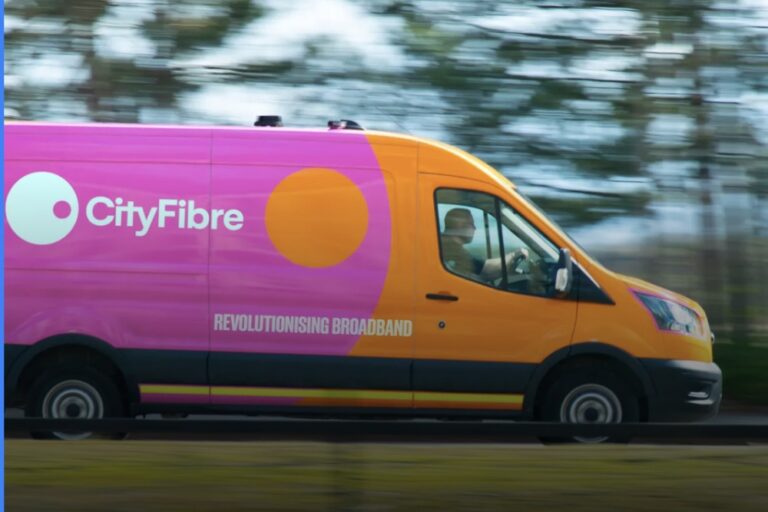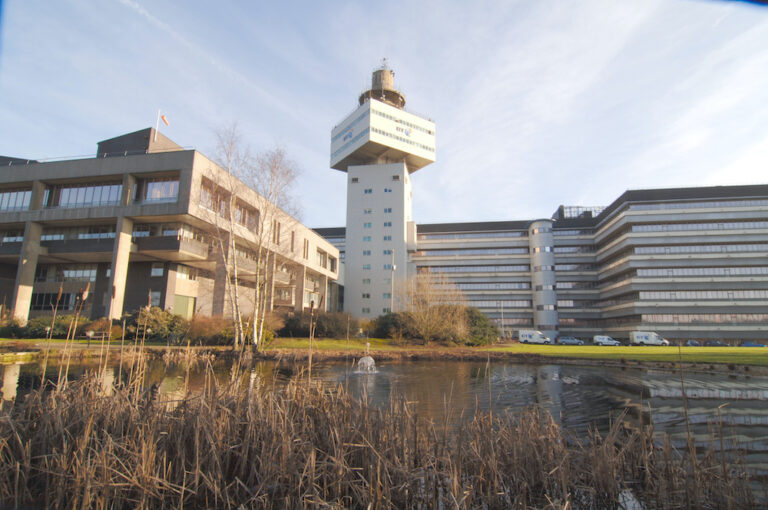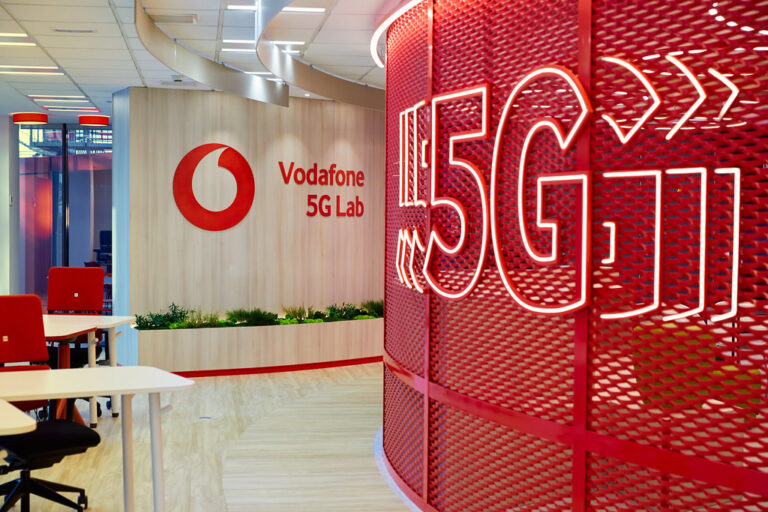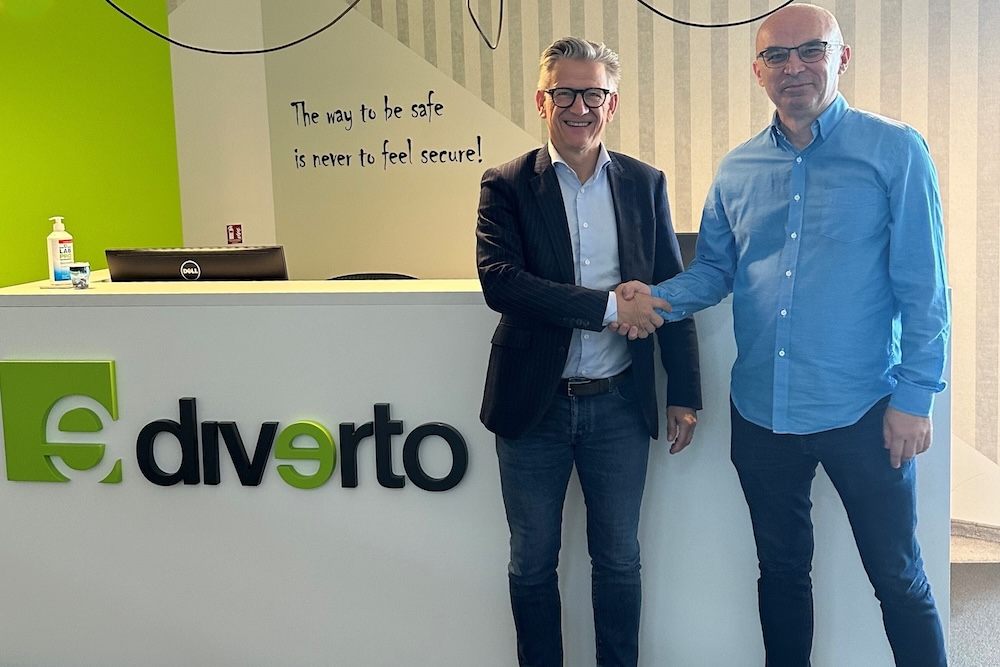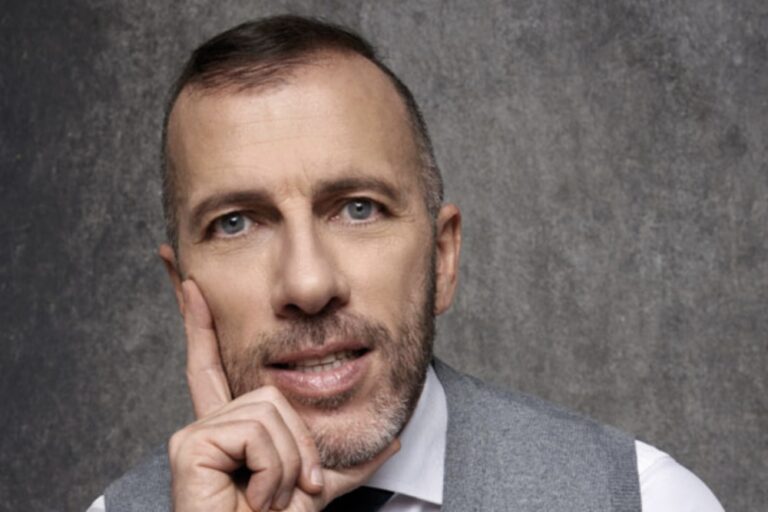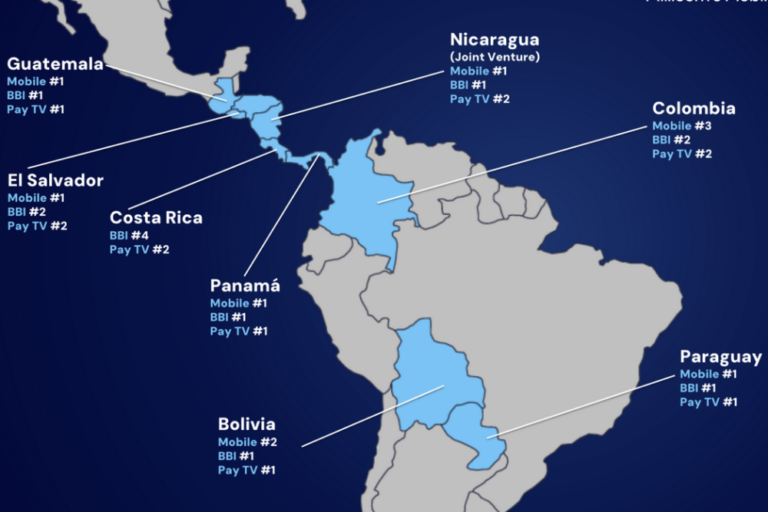Ahead of changes in Autumn, Pay TV is providing bundle price stability for telcos despite new fibre customers picking and choosing services
For one of the most competitive fibre markets in Europe, Spain is finally showing some signs of price stability as Summer arrives. There are also signs that a “bipolar” market is developing where price erosion on the one hand is beginning to decelerate for so-called 4P bundles (quadplay): fixed broadband (FBB), mobile broadband (MBB), mobile telephony (MOB), and fixed telephony (home phone service) – particularly with subscribers who take pay TV.
The year-over-year variation in the cost of 4P bundles is now positive for the first time since 2018, showing a slight increase of 0.15% according to Spanish consultancy firm Nae. However, they also found the variation in home telecom spending for 4P bundles remains negative at -6.28%, which is the largest minimum drop since 2018, as described in CNMC Homes Panel data.
Nae director Joaquín Guerrero describes the market as “bipolar” because it consists of two distinct segments: a stable segment, which includes customers with TV bundles who are less likely to switch providers; and a price-sensitive segment, which includes new customers who are connecting for the first time. These customers tend to purchase smaller bundles that do not include fixed phone services and are very sensitive to price changes.
“After years of declining maybe the market has found the price for the FBB services,” Guerrero told Mobile Europe. “Major players as Telefónica or Orange (now MásOrange), or even Vodafone, have been reporting growing ARPUs for convergent services for the last quarters. The migration from 100Mbps to 1Gbps is also a tool to, at least, keep prices more stable.
He said the so-called bipolar nature of the market doesn’t have a single root cause but there were some key reasons that helped shape it. The first is of course football. “In Spain Football rights are basically hold by Telefónica (and regulatory shared with Orange in wholesale basis),” he said. “Football is the main anchor for pay TV, and pay TV is an anchor for FBB.”
On the other side, Guerrero pointed out that the FBB market is growing mainly by connecting new homes, homes with no previous connection – new families, but also second residences and previously pure mobile homes. “In this new home the ‘star’ bundle is 3P: FBB+MBB+MOB and customers look for Alternatives or sub-brands for these connections,” he said. “But it looks like migrating an already connected home is a lot more complex and customers are progressively doing this less, except from the Vodafone network which is the only big player losing net customers.”
Also, pay TV stickiness is down to the TV set-top box which adds a cost to the service plus the TV-related IP multicast service is regulator-defined and usually not billed as part of the basic telecom service by wholesalers. Guerrero added that some of the bigger players have also been able to get “cut-through” on marketing messaging around network and service quality, which also contributes to retaining customers.
Digi the disruptor
Digi has already disrupted the Spanish fibre broadband market and local media has been speculated the operator may kick off further price wars given its new Italian operations came out with eye-watering pricing such as 10Gbps for €20 per month – which is lower than Spain – 1Gbps for €15 and 500Mbps for only €10 per month. However, the early signs at least suggest that the Italian pricing is to build market share quickly and Digi may instead be content with its Spanish pricing for now.
Digi has also already monetised its FTTH network with an agreement with Onivia so may be less prone to lower prices in the future. Guerrero added that in a rare recent public speech Digi Spain CEO Marius Varzaru said the telco fixed its pricing based on its own costs, not the competitor’s.
Digi is said to be well below the €75 per home passed capex as it deploys in dense urban areas. The subscriber acquisition costs (SAC) – not including cost of sales – can be around €200 (including, installation, truck roll and CPE, but excluding pay TV). Therefore, a casual observer may believe there is further room to decrease prices.
However, Digi and Onivia announced an agreement for about 6 million homes passed in Spain and this agreement provides a better insight as to why Digi may not drive lower prices right now. In the deal, Onivia will act as wholesaler for Digi and will commercialise the footprint for other broadband players. As a result of this agreement, Digi must pay a per home connected rent to Onivia. Details on prices are confidential, but the Digi profitability is related with this margin, so fixing a minimum for the monthly price Digi is charging their customers, Guerrero surmises.
Back to school – all change again
However, the European Summer slows things down and Guerrero said the FTTH net adds is very cyclical with September being by far the most important month. When the back-to-school offers appear, there may be further downward pressure on prices, even if only through temporary discounts.
Guerrero points out there is probably a bigger factor on the horizon that could reshape the wholesale broadband market at least. “CNMC has a regulatory agenda including the Fibre Access market review next fall,” he said “Parts of the market, mainly Telefónica are pushing for ending the regulatory obligations nationwide.”
“Currently the market is liberalised in bigger cities (competitive zones) but there is obligation for Telefónica to offer a regulatory priced access service in smaller towns (non competitive zones),” he said. “To determine the regulated price Telefónica is subject of ‘replicability test’ by CNMC.”
“If, as it looks, all Spain is declared ‘competitive’ all these restrictions for Telefónica will vanish, allowing the company to launch new services like XGS-PON, potentially at lower prices,” he said.


